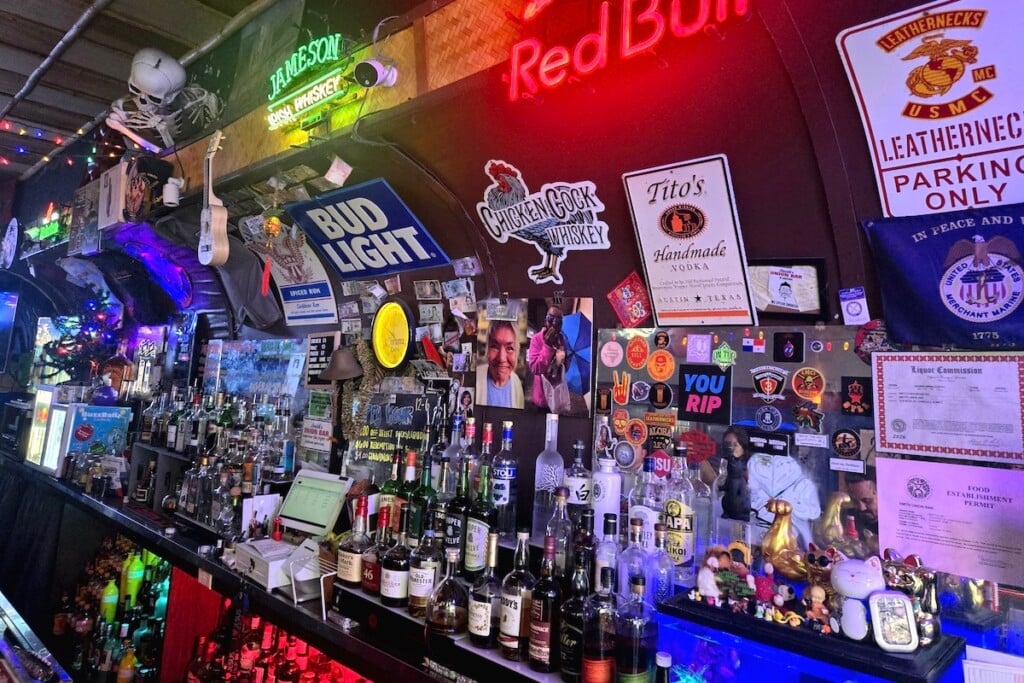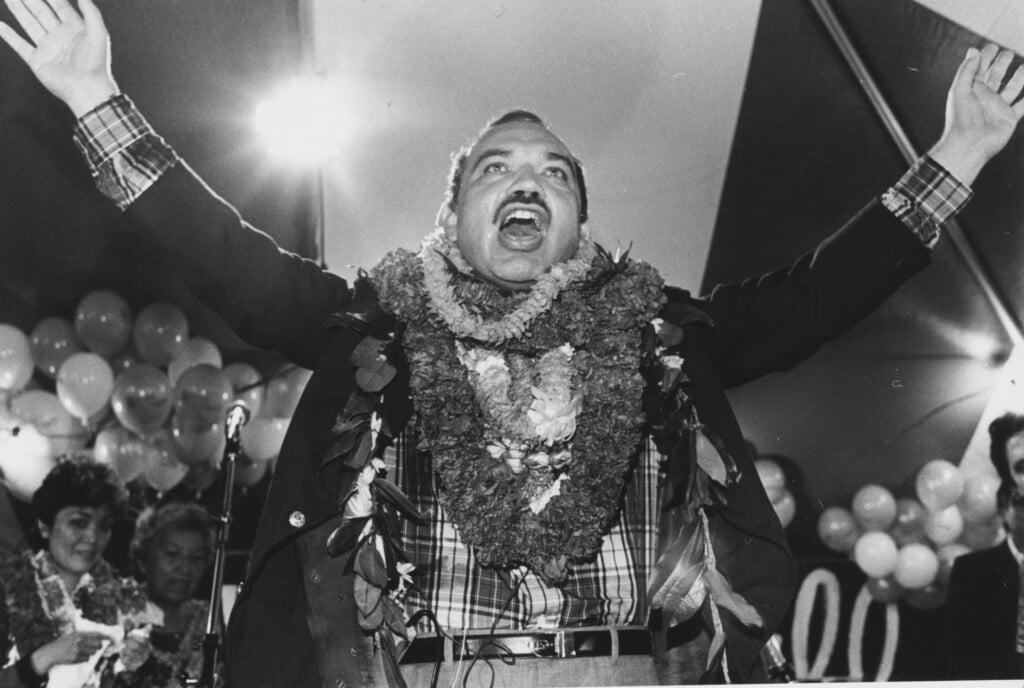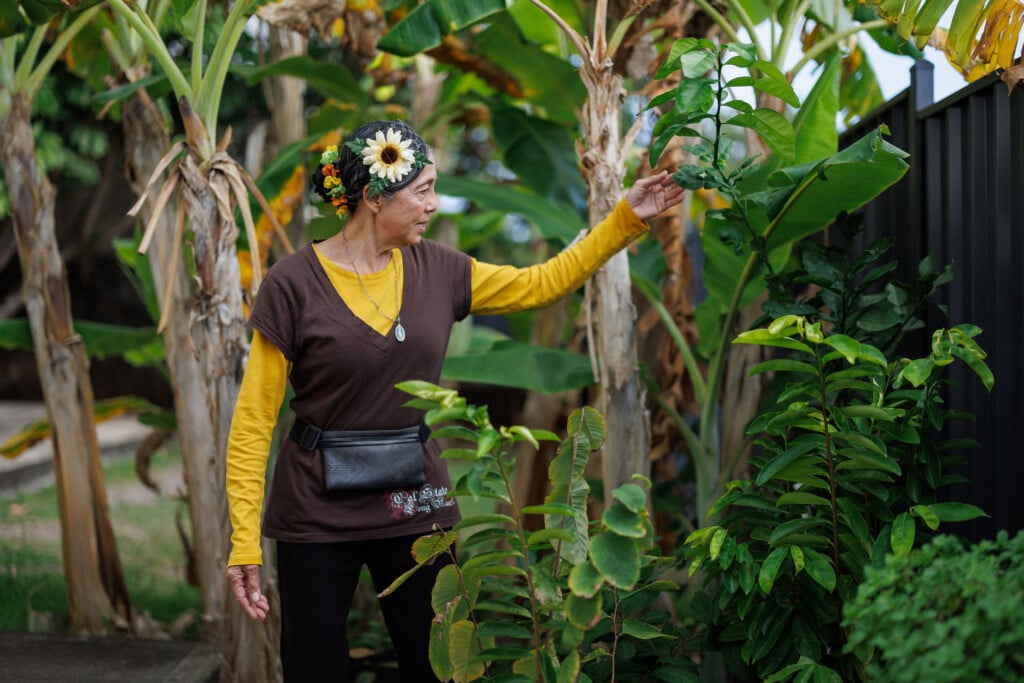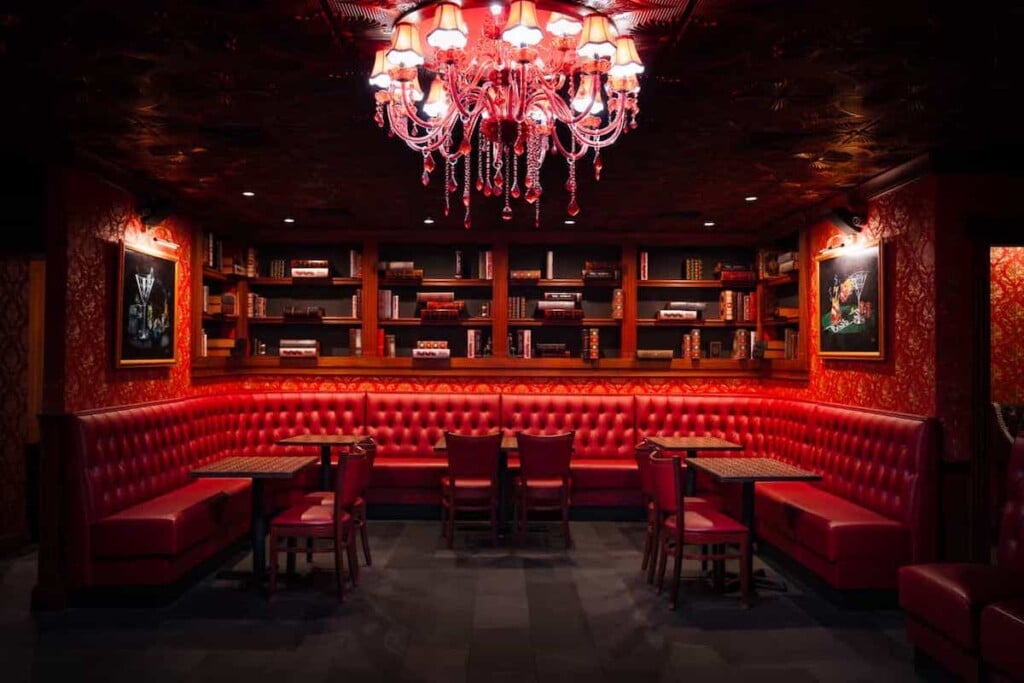14 Common Place Names on O‘ahu and What to Call Them Instead
Learning the proper Hawaiian names and the stories behind them is a way to honor the past and its people.
Editor’s Note: This story was originally published on Sept. 28, 2023, and was updated to include more places on Nov. 10, 2023.

The view from Pu‘u‘ualaka‘a. Photo: Katrina Valcourt
Many places on O‘ahu are known by their Hawaiian names—Kailua, Waikīkī—while plenty of others have been renamed, or their nicknames have become more widely used. Whether they were renamed for or by developers, business leaders, missionaries or military admirals, these locations existed long before, with names that held significance to those who lived there.
In recent years, there has been more of a push by local leaders to restore some of the traditional names to better honor them. It will take a while before people get used to using these proper names, known as nā inoa ‘āina, instead of the ones they’ve likely used their whole lives. Still, it’s a small step that could have a big impact on efforts in Hawai‘i to regain control of how the Islands are represented to the world, in its own language.
Here are some of the common Hawaiian place names and meanings you should know.
SEE ALSO: What’s in a Name? Borrowing ‘Ōlelo Hawai‘i Doesn’t Make It Hawaiian
Note: Many of these definitions come from Place Names of Hawai‘i by Mary Kawena Pukui, Samuel H. Elbert and Esther T. Mookini. The well-regarded source is the industry standard for many, including HONOLULU Magazine. Others come from the Hawai‘i Tourism Authority’s Ma‘ema‘e Toolkit, developed in partnership with the Native Hawaiian Hospitality Association, and other sources as noted.

Photo: AussieActive on Unsplash
Diamond Head: Lē‘ahi
OK, this one’s pretty common for locals who know that Lē‘ahi Health, Lē‘ahi Hospital and Lē‘ahi Avenue all refer to the highest peak of Diamond Head, which is shaped like the brow of an ‘ahi, but did you know it used to be referred to as Lae‘ahi since “lae” means forehead?
Pronunciations change over time, and it’s the work of experts to determine whether the names should be updated to reflect common usage (especially by the most fluent speakers) or preserved. For example, the names Lahaina and Maui lost their elongated “a” sounds long ago—not just from tourist mispronunciations—and therefore no longer mean “day of cruelty” (Lāhainā) or refer to the demigod (Māui). But that’s how language evolves!
Lanikai: Ka‘ōhao
Many of us have heard the tale of how this area was given a name meant to translate to “heavenly sea” by 20th century developer Henry Kaiser, though it doesn’t follow Hawaiian grammar and actually translates to “sea heaven.” But the original name, Ka‘ōhao, still isn’t widely known. According to Place Names of Hawai‘i, it means “the tying” and refers to how “two women were tied together here with a loincloth after being beaten in a kōnane game.”

Photo: Katrina Valcourt
Sandy Beach: Awāwamalu
Place Names of Hawai‘i refers to Sandy Beach as Wāwāmalu, formerly Āwawamalu. Awāwamalu is also listed in the book, meaning shady valley, but the text refers readers to Wāwāmalu. The Hawai‘i Tourism Authority’s most recent Ma‘ema‘e Toolkit says to go with Āwawamalu.
The Hanauma Bay side of the beach is called ‘Oku‘u, meaning “crouch,” to refer to how people crouched by a healing stone said to be found there. And let’s not forget Hālona instead of Cockroach Cove or From Here to Eternity Beach, named for the 1953 film starring Burt Lancaster. Hālona means “peering place.”

Photo: Katrina Valcourt
Sunset Beach: Paumalū
The original name means “taken secretly,” referring to a woman whose legs were chomped off by a shark because she “caught more squid than was permitted.” You’ll still find sharks here: As recently as August 2023, an “aggressive” manō was confirmed in the area and beachgoers were warned to stay away.
Laniākea: Kūkae‘ōhiki
This one’s a two-step process. For the most part, it seems that people have gotten used to referring to what was once commonly called Turtle Beach as Laniākea. But just because it’s Hawaiian doesn’t mean it’s right (see Lanikai above). Laniākea is the name of a cave and pool near Hulihe‘e Palace in Kailua-Kona, and it means “wide sky.” But on O‘ahu, the area known as Laniākea was named for a nearby residence. The site itself was formerly called Kūkae‘ōhiki, or “ghost crab pellets,” according to the Hawai‘i Tourism Authority.
Mokoli‘i
Its most popular nickname is offensive, so we won’t reprint it here. The islet in Kāne‘ohe Bay refers to a “little lizard” that was “destroyed by the goddess Hi‘iaka; its tail became the islet,” according to Place Names of Hawai‘i.
Sherwood Forest: Hūnānāniho
Also known as Waimānalo Bay Beach Park, the area had its old name restored after a unanimous vote from the Honolulu City Council in 2021. It’s listed as Hūnānaniho without a kahakō on the second “a” in Place Names of Hawai‘i and spelled a few other ways in various sources, but the group advocating for the name change agreed on Hūnānāniho (“nā niho” making “niho,” tooth, plural). According to an interview with Hawai‘i Public Radio in 2021, the full name means “to lay secret as something that is so sacred, something that is so personal, as one’s teeth.”
Tantalus: Pu‘u‘ōhi‘a
The original name of Pu‘u‘ōhi‘a refers literally to the ‘ōhi‘a trees on the hill. It got the nickname Tantalus from a group of Punahou students who thought that as they climbed, the peak seemed to recede, just as food and water were always just out of reach from the Greek demigod Tantalus.
In addition to Tantalus, these same students gave Awaawaloa its Olympus nickname (Awaawaloa should actually be spelled Awāwaloa to mean “long valley”). And there’s more: They called ‘Ualaka‘a “Round Top” (“rolling sweet potato” is much more fun if you ask me) and Pu‘ukākea (a storm wind associated with Mānoa) “Sugarloaf.”
Also, note that it’s not Pu‘u ‘Ōhia or Pu‘u Kākea—Hawaiian place names are often just one word, with the prefix “pu‘u” meaning hill. That’s also why Maunakea is one word, not Mauna Kea. This guideline comes from the Hawai‘i Board on Geographic Names, established in 1974.
SEE ALSO: Best Spots on O‘ahu to Catch Amazing Sunrises and Sunsets

The lagoon at ‘Āinamoana. Photo: Katrina Valcourt
Magic Island: ‘Āinamoana
The peninsula at the Waikīkī end of Ala Moana Regional Park was constructed in 1962, according to the City and County of Honolulu. ‘Āinamoana means “sea land” and has been popping up more next to its better known name of Magic Island. It’s often written as ‘Āina Moana, but Hawaiian place names are typically one word (Ala Moana is an exception). See more explanation here.
Enchanted Lake: Ka‘elepulu
This body of water, which is actually a pond, is called Ka‘elepulu, meaning “the moist blackness.” It’s one of the largest bodies of water on O‘ahu and used to be more than twice its current size. Many believed the fishpond was connected via underwater tunnel to a fishpond in Maunalua—stories say that the awa and ‘ama‘ama in each pond would mysteriously trade places. However, both ponds were largely filled in by developers in the 1960s. Today, Ka‘elepulu can only be accessed by members of the Enchanted Lake Residents Association, whose board members hope to restore the fishpond. At this time, bacteria levels are considered unsafe, so anything caught in the pond must be released.

Photo: Katrina Valcourt
Three Peaks: Olomana, Pāku‘i and Ahiki
The name of the mountain, and one of its three peaks, is Olomana. There’s also Pāku‘i, the central peak, and Ahiki, the peak nearest to Waimānalo. Olomana is named for a giant who jumped from Kaua‘i to the first peak; Ahiki is named for the konohiki of Ka‘elepulu (see above) and Kawainui ponds. Pāku‘i was the keeper of the ponds and a swift runner, according to Place Names of Hawai‘i.
Barbers Point: Kalaeloa
Capt. Henry Barber, of the British brig Arthur, wrecked his 100-foot ship on the coral near this southwest point on Oct. 31, 1796, resulting in the death of six of 22 crewmen. Perhaps having a place named after a foreign explorer’s mistake for hundreds of years wasn’t the way to go; Kalaeloa, meaning “the long point,” is once again the preferred name. Visit Kalaeloa Heritage Park to learn more about the place’s historical significance, including the Kūalaka‘i trail.

The view from inside Pūowaina. Photo: Katrina Valcourt
Punchbowl: Pūowaina
Even before its crater served as the National Memorial Cemetery of the Pacific starting in 1949, Pūowaina was a place of the dead—human sacrifices, actually. Pūowaina is the shortened form of Pu‘u o Waiho Ana, or “the hill of offering or sacrifice.” Kapu violators were drowned, then burned here at an altar, according to newspaper articles from the 1930s and ’40s. The name “Punchbowl” goes back to at least 1823, when it was first printed in a journal.
Pearl Harbor: Wai Momi or Pu‘uloa
Long ago, the harbor was home to native pearl oysters, and in recent years, they’ve been reintroduced to help filter the water and restore the ecosystem. In Hawaiian, Pearl Harbor is known as Wai Momi, or “pearl waters.” The greater area is called Pu‘uloa, which means “long hill.”












